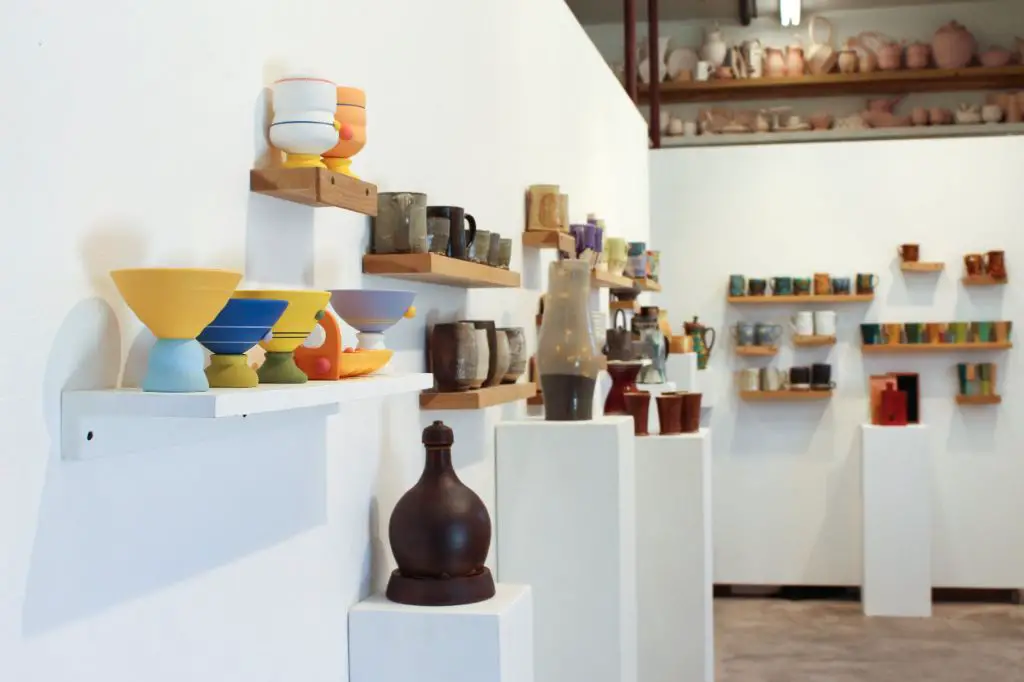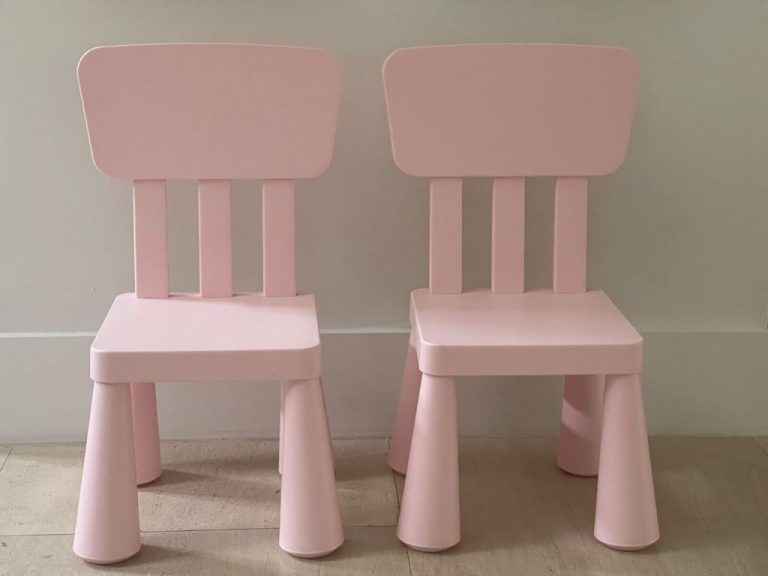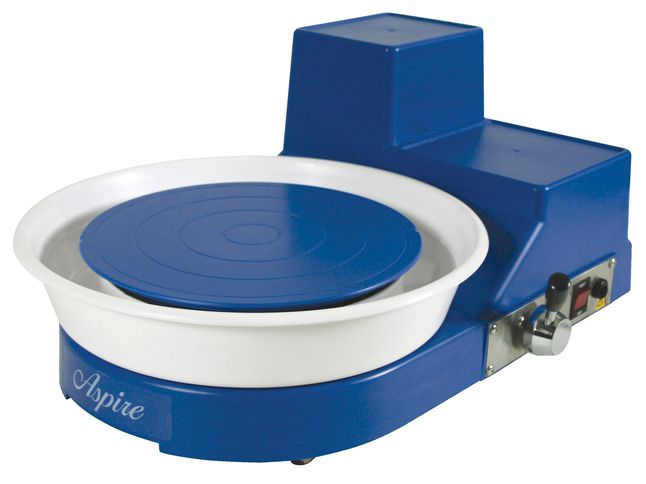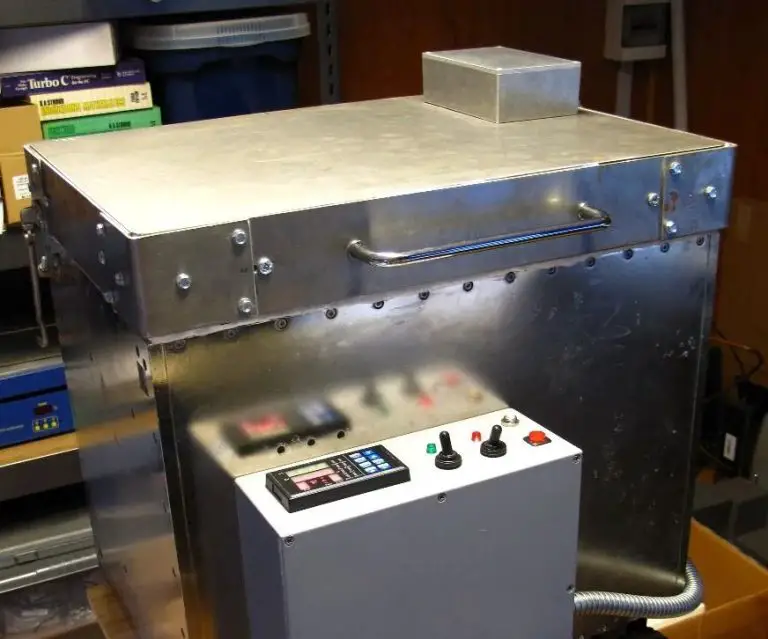Where Are Potters Found?
A potter is traditionally defined as someone who creates pottery, which are ceramic objects like bowls, cups, vases, and other vessels used for utilitarian and decorative purposes. The term comes from the Old English word “pottere,” which referred to someone who makes pots and other household objects from clay.1 Potters shape clay into objects using their hands and basic tools, then fire the clay in a kiln to harden it. While pottery was historically made by hand on a potter’s wheel, today some commercial pottery operations use molds or even 3D printers in the production process. But at its core, the art of pottery remains centered around the creative work of the potter in crafting beautiful and functional vessels from clay.
History of Pottery
The origins of pottery making can be traced back over 24,000 years ago to ancient cultures around the world. Archaeological evidence shows that pottery emerged independently in various regions, including East Asia, Sub-Saharan Africa, the Americas, and ancient Near East. The earliest known pottery vessels were made in China by hunter-gatherer communities during the Late Palaeolithic period. These early pots were relatively simple and made from clay, hand-formed into basic shapes and fired at low temperatures in open fires. Pottery making developed further during the Neolithic period as early farming societies began to settle in one place. Better pottery tools were developed such as the potter’s wheel, which allowed symmetrical and delicate vessels to be produced more efficiently. Glazes were also developed at this time to create colorful and waterproof finishes on ceramic ware. According to A Look Back at the Fascinating History of Pottery, pottery became an essential part of food storage, cooking, and serving as early agricultural communities grew crops and raised livestock that needed to be processed and preserved.
Geography
Clay deposits can be found across the world in a variety of geographical locations and regions. According to the US Geological Survey, clays and clay minerals are mainly found on or near the Earth’s surface. Significant deposits of clay are located where ancient seas, lakes and swamps once existed.
Some of the largest known clay deposits formed in wet environments and can be found across the central and eastern regions of the United States. The Mississippi River Delta contains abundant clay deposits from sediment deposited by the river over thousands of years. Other major clay deposits are located near the Gulf of Mexico along the southern United States from Texas to Florida where ancient seas once covered the area. Large deposits are also found in Midwestern states like Illinois, Indiana, Ohio and Pennsylvania which were once covered by inland seas.
Notable Pottery Regions
There are several major hubs globally that are well known for their pottery traditions and active communities of potters. Some of the most notable pottery regions include:
Jingdezhen, China – Jingdezhen is considered the porcelain capital of China and has produced beautiful blue and white porcelain for over 1,000 years. The city has hundreds of ceramic production factories and many pottery workshops where visitors can take classes.1
Mata Ortiz, Mexico – This small village in northern Mexico has revived the ancient Casas Grandes pottery tradition. Today, there are over 300 potters in Mata Ortiz creating stunning handmade pottery.2
Santa Fe, New Mexico – With over 100 pottery galleries and studios, Santa Fe is a top destination for Southwestern style pottery in the United States. Many potters are drawn to the thriving arts scene.3
Stoke-on-Trent, England – Known as the potteries capital of England, Stoke-on-Trent has been an important center for ceramic production since the 17th century. Many major English porcelain brands originated here.3
Rural vs Urban
Potters are often found in rural communities, where the art of pottery making has been passed down through generations. In many developing countries, pottery communities serve as hubs for the tradition. For example, according to Why in Oaxaca clay belongs to women?, in rural Oaxaca, Mexico, women carry on the centuries-old practice of pottery making. Skills and techniques are shared from mother to daughter in these tight-knit villages.

Rural pottery communities foster a strong sense of cultural heritage and identity. Traditional methods and designs are preserved. Potters work collaboratively, sharing resources like clay deposits and wood-fire kilns. They bring their wares to local markets to sell. Rural settings provide potters with space for large studios, equipment, and inspiration from nature.
In contrast, urban potters may work independently in smaller home studios. While they lack the strong community ties of rural villages, urban settings allow access to broader markets and influences. Some urban potters incorporate modern techniques and styles. However, whether rural or urban, dedicated potters worldwide keep the ancient art of handmade pottery alive.
Individual Studios
Independent pottery studios make up a significant portion of the pottery industry. According to IBISWorld, there are over 6,500 independent paint-your-own pottery studios with employees in the United States as of 2024. These small businesses allow local potters to design, produce, and sell their creations directly to customers.
Opening an independent studio requires moderate startup costs, with estimates ranging from $50,000 to $100,000 for equipment, materials, and workspace. However, independent studios enjoy healthy profit margins, typically around 10-12%, according to industry research. They generate revenue through walk-in customers, birthday parties, classes, online sales, and more. Many independent studios thrive by cultivating a sense of community and offering a personalized, hands-on pottery experience.
While chain paint-your-own franchises present competition, independent studios succeed by focusing on unique, locally made products. Some join arts clusters or organize local pottery events to raise awareness. Overall, independent pottery studios remain an accessible way for artisans to monetize their craft and share it with their community.
Commercial Pottery
The pottery industry plays a significant role in the global market and economy. According to Grand View Research, the global pottery and ceramics market size was valued at USD 5.99 billion in 2021 and is expected to expand at a compound annual growth rate (CAGR) of 8.5% from 2022 to 2030 [1]. A key driver of this growth are large-scale commercial pottery manufacturers that produce items like tableware, decorative items, and tiles on an industrial scale.
Some of the largest commercial pottery companies include names like Noritake, Villeroy & Boch, Rosenthal, and Royal Doulton. These manufacturers operate factories around the world and have the capacity to produce millions of ceramic items per year. Their scale allows them to take advantage of efficiencies in materials sourcing, manufacturing processes, and distribution networks to reduce costs and improve profit margins.
In addition to tableware and decorative items, commercial pottery companies also manufacture functional products like ceramic tiles, sanitary ware, and technical ceramics used in applications ranging from electronics to aerospace components. The need for these products in construction, infrastructure, and industrial sectors ensures continued demand.
With global population growth, urbanization, and rising incomes, especially in developing economies, the market for commercial pottery is expected to remain strong. However, these large companies also face competition from artisanal potters creating unique, handmade items.
Arts Communities
Many potters are drawn to arts communities where they can share resources, collaborate, and be inspired by a creative environment. Places like the bustling Pearl District in Portland, Oregon have become hubs for artists of all kinds, including a vibrant local ceramics scene. Historic arts neighborhoods like Santa Fe’s Canyon Road in New Mexico are home to dozens of pottery studios clustered together. University towns often foster a thriving arts culture that attracts potters, such as Athens, Georgia, Ann Arbor, Michigan, or the San Francisco Bay Area from Berkeley to Palo Alto. Local arts festivals and events like Art Basel Miami provide both community and exposure for potters in arts-centric cities and towns. Wherever creative people tend to congregate, from bohemian communities to gentrified warehouse districts turned artist lofts, you’re likely to find pottery studios in the mix. Potters thrive on the cross-pollination of ideas and appreciation for what they do that comes from being around fellow artisans.
Online Sales
In recent years, the internet has opened up new opportunities for potters to sell their work online. Platforms like Etsy, ArtFire, and Folksy allow artisans to set up their own online shop and reach customers around the world. These sites provide an easy way for potters to photograph and list their pottery, while handling payment processing and shipping logistics. According to The Little Pot Company, Etsy alone has over 1.9 million active shops with 32.8 million active buyers as of 2018.
Many potters also choose to build their own independent website to sell their pottery online. This allows for more branding and customization, but requires more effort to drive traffic and handle fulfullment. Successful online pottery shops offer high quality images, detailed descriptions, and clearly communicate shipping and return policies. Building an engaged email list and social media following helps drive repeat business. Payments are typically handled through PayPal, Stripe or other online payment processors.
Selling online provides a broader customer reach, but potters need to focus on excellent packaging to prevent damage in shipping. Overall, the internet provides tremendous potential for potters to grow their business by connecting with customers who appreciate their unique work.
Future Outlook
As technology continues to advance, there are new opportunities and challenges facing potters. The rise of digital tools like 3D printing and CNC milling allow for more precision and consistency in production.1 At the same time, many value the handmade, organic nature of traditional pottery. Sustainability is also an increasing concern, as potters aim to utilize renewable materials and energy sources. Cooperatives allow potters to share resources and business operations while maintaining creative independence.2 Online sales provide wider exposure for individual potters and smaller operations. The future landscape will likely see a blend of ancient and modern techniques as potters continue adapting their craft.




